Students Document COVID-19’s Effect on the Bronx
Mackenzie Cranna/The Fordham Ram
Veronica Quiroga, FCRH '20, interviewed Bronx residents about their experience with COVID-19 for her project. (Mackenzie Cranna/The Fordham Ram)
September 9, 2020
When COVID-19 hit New York City this spring, Veronica Quiroga, FCRH ’20, was working on her senior thesis detailing ethnographic research on young men in East Harlem’s Wagner Housing Projects.
When concerns over the virus eventually cut off in-person interviews, Quiroga’s advisor, Mark Naison, Ph.D., suggested she shift her attention to how the virus was impacting not only those she knew in Harlem but in the Bronx as well, the site of extensive scholarship on underserved residents through the Bronx African American History Project (BAAHP).
Through the research methods and the funds of the BAAHP, Quiroga’s initiative,
The Bronx COVID-19 Oral History Project mirrors the BAAHP and aims to broadcast and uplift the voices of ordinary Bronxites, many of whom are essential workers.
“When you have a lot of people stepping back from society, what does it look like when a predominantly Black and brown community steps up?” Quiroga said she asked herself to propel her research.
Quiroga and Bethany Fernandez, FCRH ’22, both Bronx residents, completed the first of their interviews by mid-April and have continued to spearhead the project.
“Recording these voices is of essential importance because the people of the Bronx, many of whom live on the edge of poverty and work in ‘essential occupations,’ have experienced one of the highest fatality rates from COVID-19 in the entire world,” the project’s website reads.
Naison said he attributed higher infection and mortality rates in the borough to a multitude of factors, including a large percentage of essential workers who take unsafe modes of transportation to work. One interview subject, Nichole Matos, a student at John Jay College of Criminal Justice and a resident of the Morrisania neighborhood, spoke about living with her mother, an essential worker, and her first-grade sister.
“It’s concerning because although her work is a source of income, it’s a risk for her safety and our safety,” Matos told Quiroga in a video interview.
Naison also emphasized the living arrangements of intergenerational families, many of whom are recent immigrants.
“If one person is infected, often the entire household will become infected,” he said.
The project’s website tells of the Bronx being home to the 15th congressional district, the poorest district in the country.
“Studies have found that Bronx residents are twice as likely to die from COVID-19 in NYC,” the website reads. “Health officials have stated the reasoning behind this is due to the high rate of preexisting conditions in the borough itself, including asthma, hypertension, and diabetes.”
Quiroga also interviewed Derrick Lewis, the founder of the community relief organization, the Bronx Foundation. He said in his interview that he believes the borough has experienced a pandemic of poverty for decades, which has exacerbated the effects of COVID-19.
“Our community will be forever impacted,” Lewis told Quiroga.
For many Bronx residents, this virus is personal. Marlene Taylor, an internal medicine specialist at the Ryan Chelsea-Clinton Community Health Center in Midtown Manhattan and a resident of Riverdale, said COVID-19 does not exist outside of her patients’ lives.
“Everyone I see knows someone who has died,” she said to Quiroga.
In her interview, Taylor’s advice to Bronxites, specifically those with compromised immunity and preexisting conditions, is to make sure they are seeing a primary care physician who can treat diseases like diabetes before COVID-19 becomes an issue. Despite fears of medical malpractice due to the historical negligence of people of color, she said that now is more important than ever to listen to experts like Dr. Fauci and routinely follow CDC guidelines.
Carlos Rico, FCRH ’21, who designed the project’s website, spoke about the recognition the project has received thus far. He said the project is currently under review at the Museum of the City of New York to be featured in an exhibition, NY Responds, which will be available for viewing at the end of the year and will show how the city has dealt with both COVID-19 and police violence in 2020.
Rico said he also put together a “Featured Businesses” page and a “Featured Artists” page to highlight the pursuits of some of the interview subjects. Quiroga said that was an important part of the project because it helped promote regular people whose businesses and art might not have received coverage in addition to telling their stories.
Key takeaways for Quiroga included the misconceptions she had about Bronxites. Prior to her research, she said she thought people of color in the Bronx did not truly understand both subtle and blatant racism used against them. Now, she said, she’s realized that they understand the oppression they face and how the pandemic has highlighted it.
“These injustices bleed through their stories,” she said.
Although COVID-19 might not be the main concern in people’s lives at the moment, Quiroga said its after-effects are alive and well in the Bronx.
“The project will go on as long as Bronxites have a story to tell,” she said.

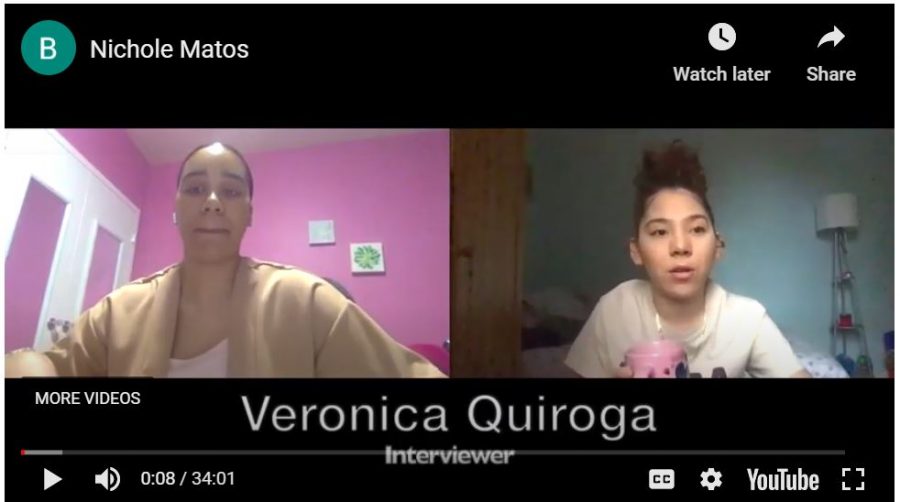
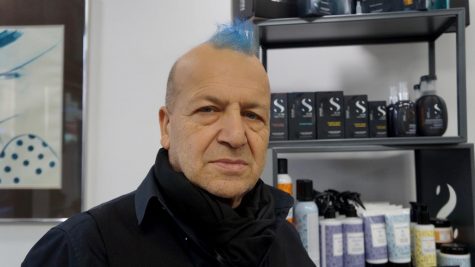

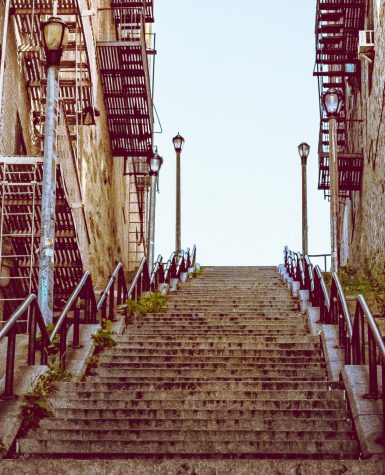
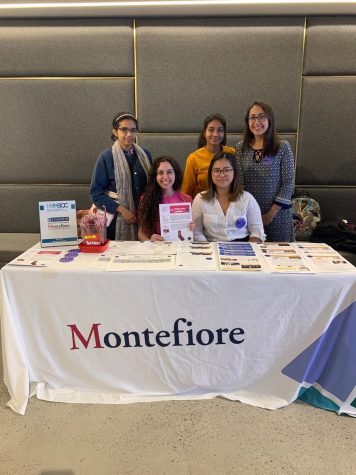

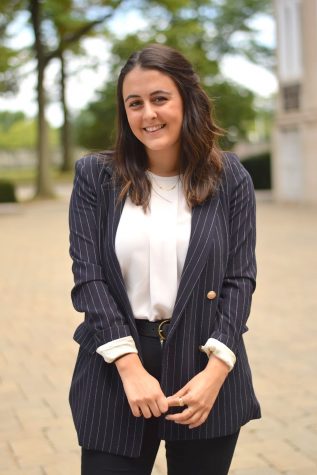
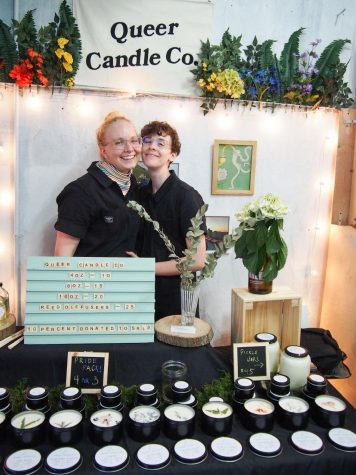
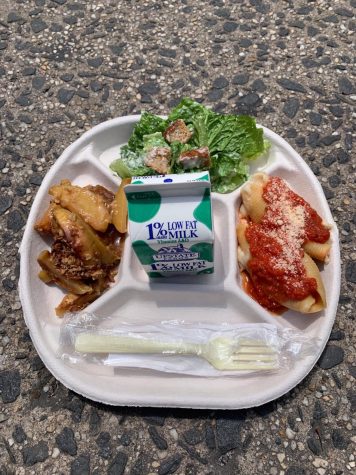
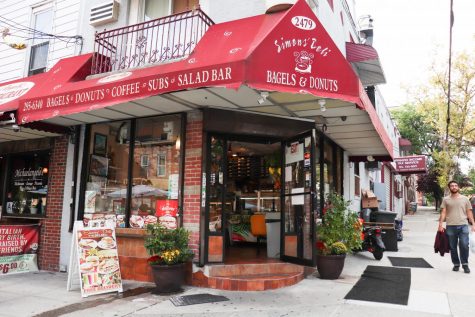
If you want a picture to show with your comment, go get a gravatar.